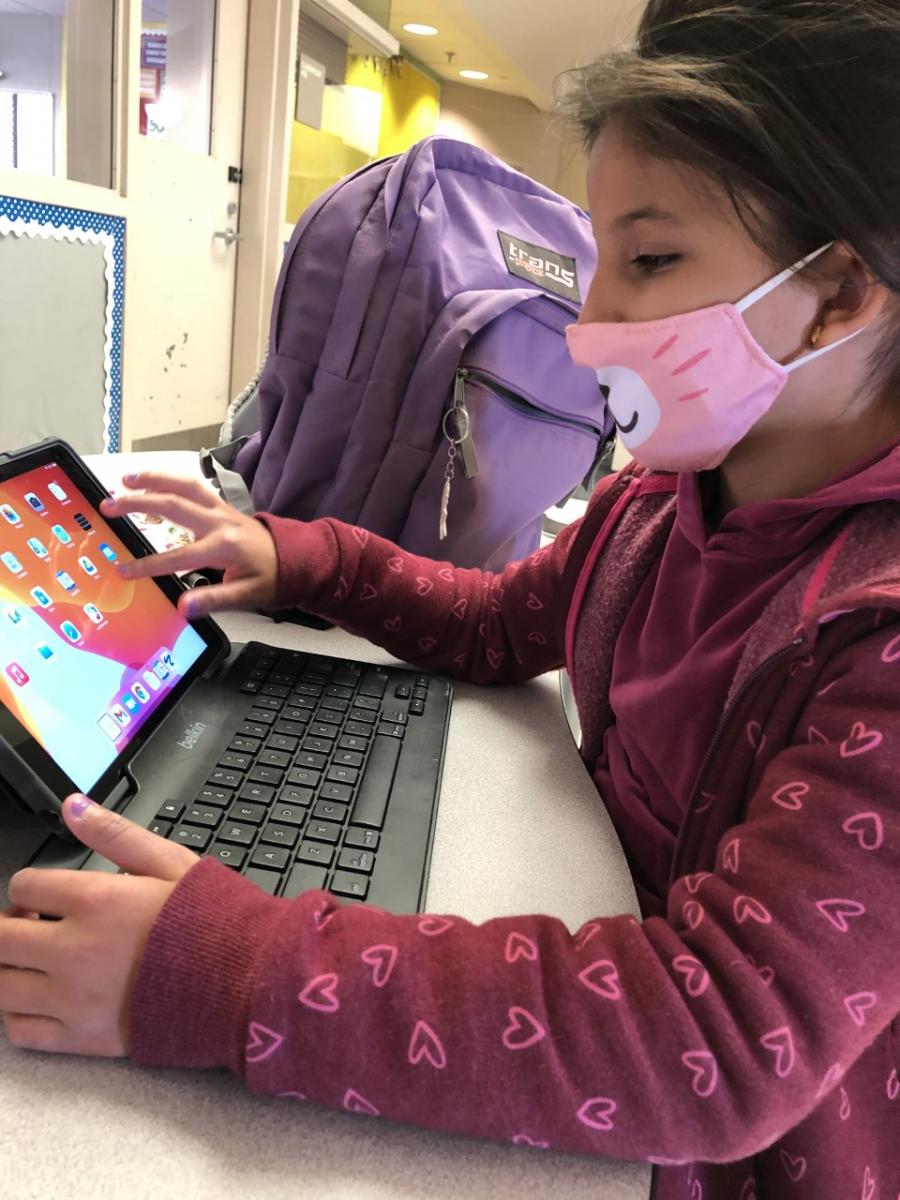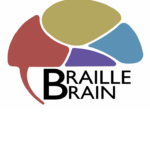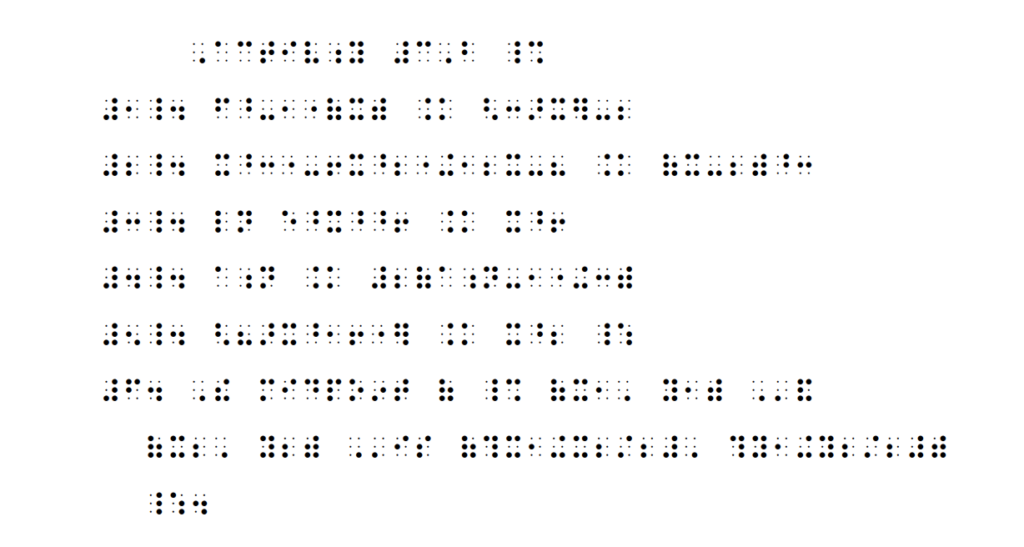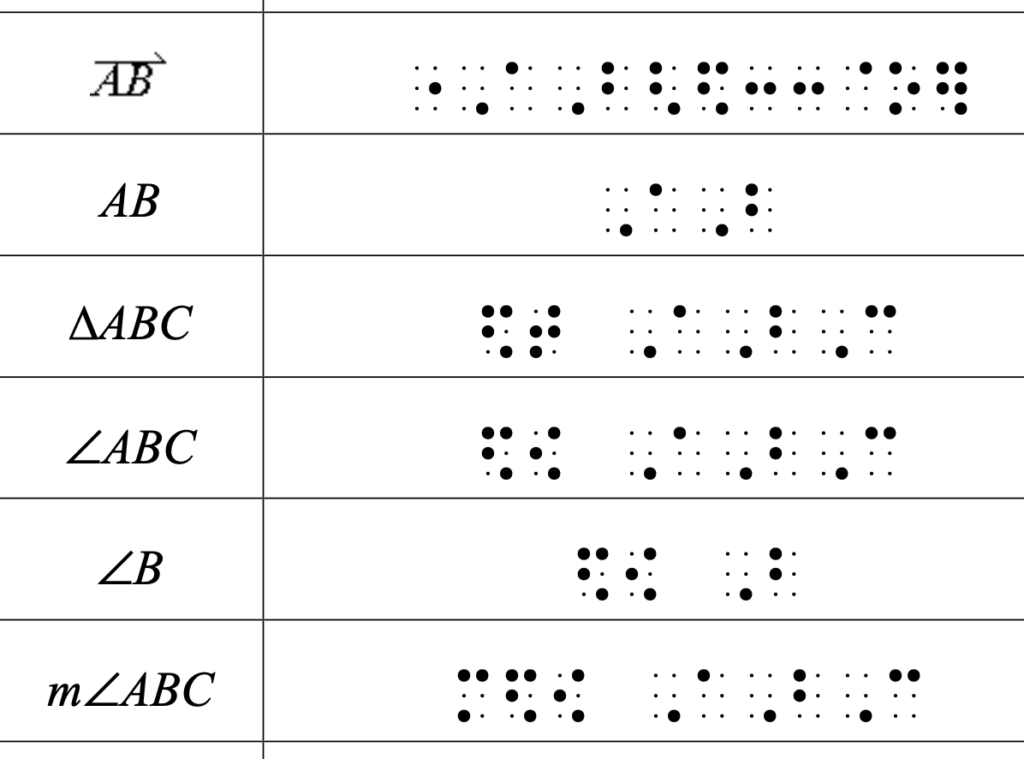Standard1: Demonstrate command of the conventions of standard English grammar and usage when writing or speaking.
Proper grammar and use of language is essential in accurately conveying thoughts in writing. This standard includes several subskills including the use of regular and irregular verbs, forming and using verb tenses (e.g. walk, walking, walked), applying proper sentence structure, use of prepositions, creating possessive nouns, conjunctions, choosing the correct word from frequently confused words (e.g. there/their, it’s/its, to/too/two), using conventional adjective patterns (e.g. “small red bag” versus a “red, small bag”), and choosing correct superlative and comparative adjectives.
While vocabulary is one component of language, the ability to use words correctly is essential to conveying ideas. Changing the order of words may, in fact, change the meaning of the sentence. For example, “go stand around there” has a different meaning then “go around, stand there.” When writing, one must select the most appropriate words and word order. Putting these words together to form sentences is what communicates thoughts and ideas.
Conventions of Standard English: Impact for Students Who Use Braille
Generally speaking, language skills are a strength for students who read in braille. Much of language is learned through listening and speaking. However, composing writing requires additional language skills, such as selecting the correct homophone (e.g. There, their or they’re). Also, writing can be a much more difficult skill than speaking because ideas expressed in writing often are complex in nature, compared with what is spoken in conversation. Homophones are particularly challenging if a student primarily uses aural means for learning. Spelling variations for homophones must be taught explicitly.
Conventions of Standard English: How to Address Challenges in Writing
One way to address grammar related issues in writing is to provide a student with multiple examples of correct and incorrect uses of words. Using the students writing samples may provide some examples. Creating examples would be another way to provide the student with examples and non examples. Allowing the student to read the example and discuss how the sentence structure contributes to the meaning of the ideas is an effective way to deconstruct sentence structure. When improper grammar is used, discuss what is incorrect about it and how it can be fixed.

This project was funded by the US Department of Education, Rehabilitation Services Administration (RSA), 84.235E Special Projects and Demonstrations for Providing Vocational Rehabilitation Services to Individuals with Severe Disabilities. The project is titled: Braille Brain: A Braille Training Program for pre/in-service Teachers of Students with Visual Impairments (TSVI), paraprofessionals, and other educational team members (H235E190002).

Braille Brain
Reading
- READING: Foundational Skills for Reading
- Integration of Knowledge and Ideas
- Vocabulary Acquisition and Use
- Braille Hand Movement and Refreshable Braille Displays
- Conventions of Standard English: Standard One
- Conventions of Standard English: Standard Two
- Writing and Language
- Craft and Structure
- Key Ideas and Details
- Best Practices for Teaching Braille and STEM to the Visually Impaired
- Assistive Technology to Support STEM Subjects for the Visually Impaired
- Compensatory Skills: A Focus on Organization
- Foundational Skills for STEM
- Math Instruction for Students with Visual Impairments
- Science Instruction for Students with Visual Impairments
- Tactile Graphics
STEM
- Best Practices for Teaching Braille and STEM to the Visually Impaired
- Assistive Technology to Support STEM Subjects for the Visually Impaired
- Compensatory Skills: A Focus on Organization
- Foundational Skills for STEM
- Math Instruction for Students with Visual Impairments
- Science Instruction for Students with Visual Impairments
- Tactile Graphics
- Braille Brain
- About Braille Brain
- Braille Training Program
- Foundational Skills for Reading
- Integration of Knowledge and Ideas
- Vocabulary Acquisition and Use
- Braille Hand Movement and Refreshable Braille Displays
- Conventions of Standard English: Standard One
- Conventions of Standard English: Standard Two
- Writing and Language
- Craft and Structure
- Key Ideas and Details
- Best Practices for Teaching Braille and STEM to the Visually Impaired
- Assistive Technology to Support STEM Subjects for the Visually Impaired
- Compensatory Skills: A Focus on Organization
- Foundational Skills for STEM
- Math Instruction for Students with Visual Impairments
- Science Instruction for Students with Visual Impairments
- Tactile Graphics



